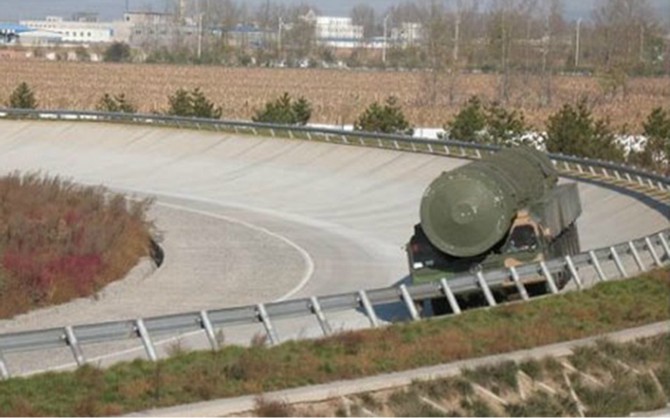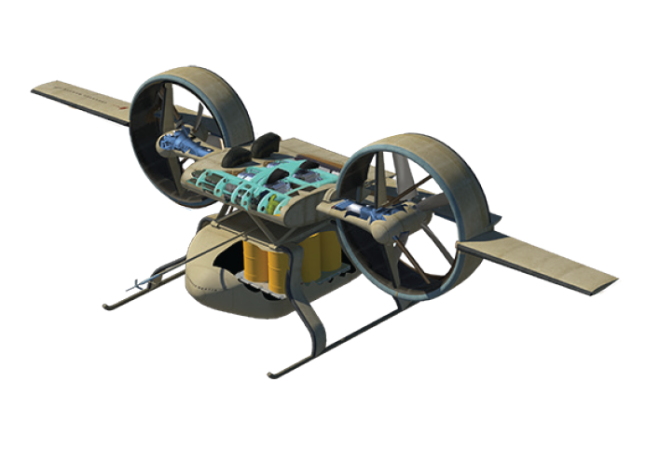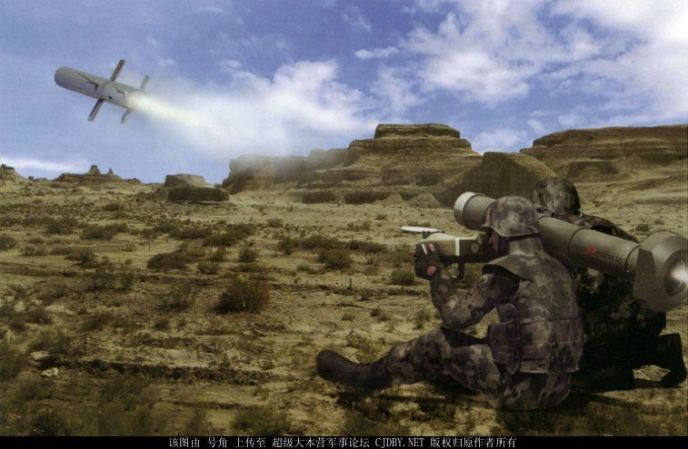


China Aviation Industry General Aircraft (CAIGA) is starting construction on the TA-600, the prototype of a giant seaplane that can land and takeoff from water. Once completed in 2015, the TA-600 will have a take off weight of 53.5 tons (6 tons more than the Japanese ShinMaywa US-2, currently the world’s largest sea plane) and a range of 5,500km. Its wingspan will be over 40 meters and it will be powered by four turboprop engines. In terms of design, the TA-600 is based off another Chinese design, the 45 ton Harbin SH-5, a mockup of the forward fuselage emerged in January 2014. In historical comparison, the eight-engined Hughes H-4 “Spruce Goose”, the largest seaplane ever built, weighed 180 tons in full and had a wingspan of 97 meters.


While seaplanes were a technology that seemed in some ways to have peaked in the 1940s, they offer certain new gains to China’s push into 21st century technology. Seaplanes offer more flexible staging options since they can land on most large bodies of water.
Fu Junxu, a CAIGA manager, was quoted by Xinhua News Agency as saying that the TA-600 will be used to fight forest fires and be used for maritime search and rescue (SAR) operations. Being able to land on water means that they can quickly pump in tons of water to fight forest fires. For SAR purposes, the ability of large seaplanes like the TA-600 to land directly near survivors means more rapid rescue responses compared to slower helicopters, which will be attractive to Chinese maritime enforcement agencies. Perhaps most important to current regional tensions, the TA-600 may also offer a new scale and means to rapidly deploy or resupply any current or new remote island garrisons in the South China Sea. A number of islets and reefs are too small to have runways to accommodate conventional transport planes like the Y-8, but sited so as to have strategic value.















